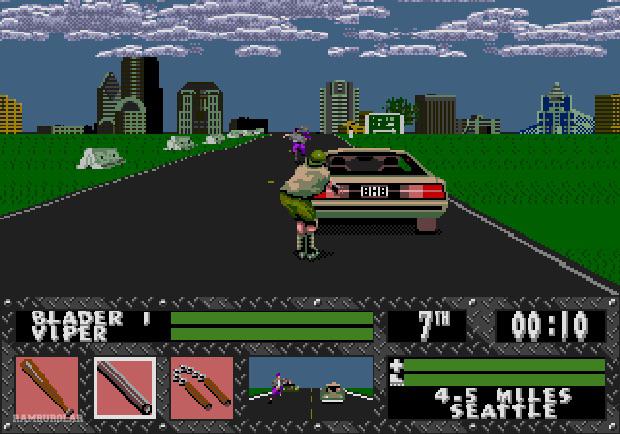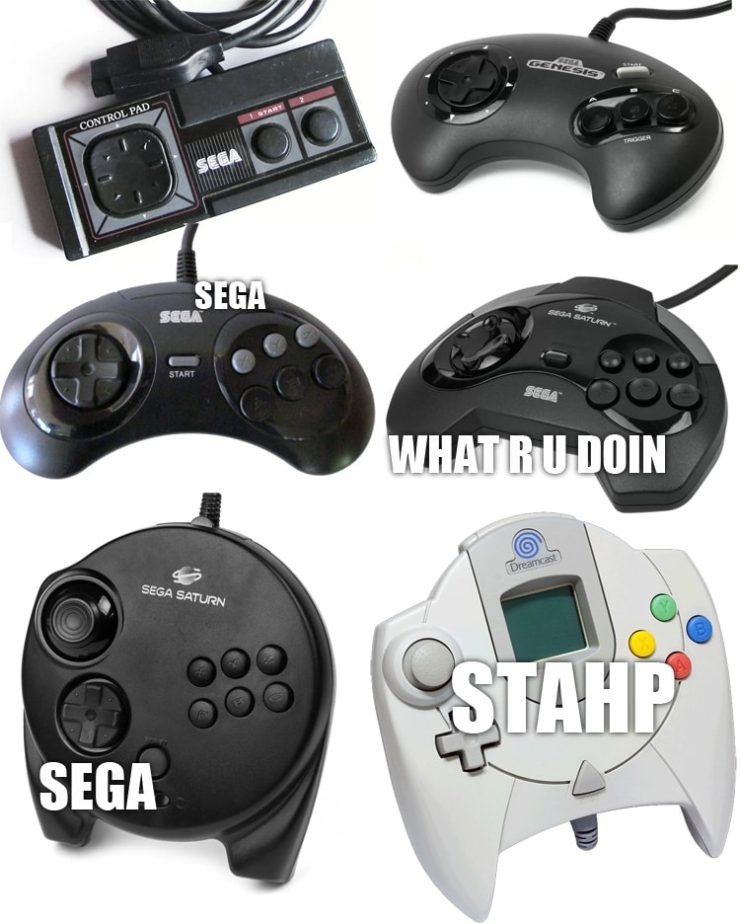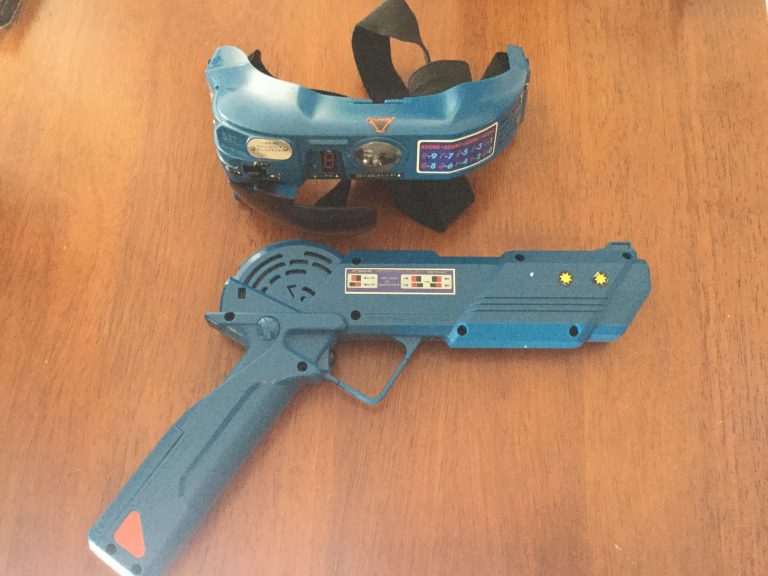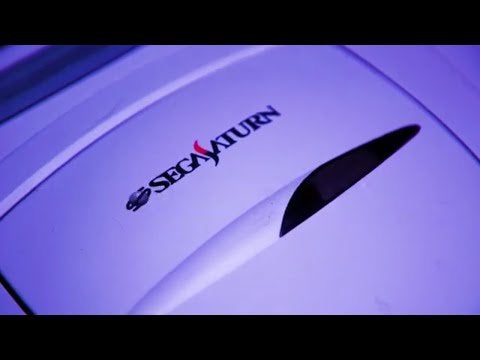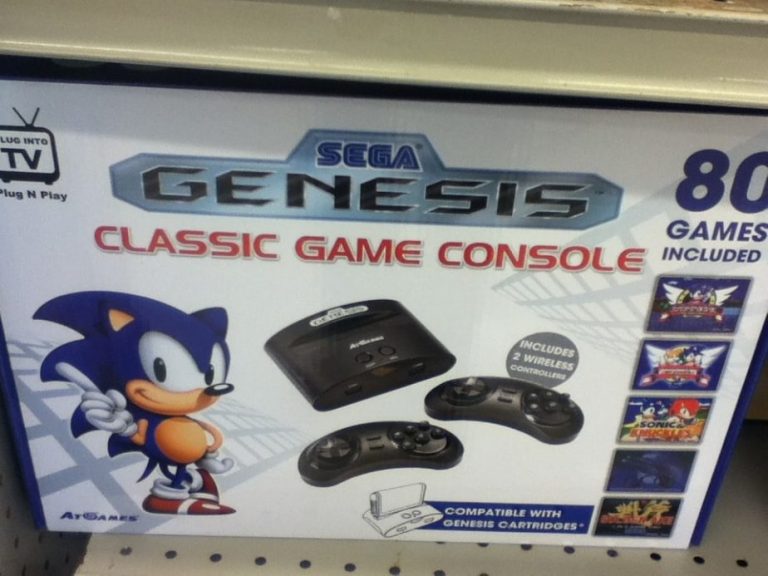Las Vegas, January 1993 – As I walk through the sprawling convention center, the excitement in the air is palpable. The Consumer Electronics Show is in full swing, and the tech world is abuzz with anticipation. From towering booths with flashing lights to eager crowds gathered around the latest gadgets, it’s clear that this year’s CES is something special. The future of technology is here, and we’re getting a front-row seat to witness it.
The first stop: multimedia. Just a few years ago, the idea of combining video, audio, and interactivity on a personal computer felt like a pipe dream. Now, it’s happening. Everywhere you turn, companies are showing off CD-ROM drives—sleek new pieces of hardware promising to change how we store and interact with data. I’m watching a demo where a presenter pops in a disc, and suddenly, an interactive encyclopedia comes to life on the screen, complete with videos, music, and text. It’s called Encarta, and it’s astonishing. Imagine being able to access this much information on your own computer at home.
Around the corner, the noise of video game consoles fills the air. Sega is here with their latest games on the Genesis system. The graphics are sharper, the gameplay faster. You can feel the energy around the booth, with eager gamers picking up controllers to try out titles that seem light-years ahead of what we saw just a few years ago. Meanwhile, Nintendo’s SNES booth isn’t far off, offering up demos of Super Mario Kart and The Legend of Zelda. The competition between Sega and Nintendo is fierce, and the attendees can’t get enough of it.
But CES isn’t just about entertainment; it’s also about practicality and innovation. I’m standing in front of a booth showing off laptops—yes, portable computers that you can take with you. Sure, they’re bulky and a bit heavy by today’s standards, but the idea of having the power of a desktop PC on the go is groundbreaking. I spoke to a rep from Compaq, who explained that we’re only at the beginning of the mobile computing revolution. Seeing these devices in action makes it clear: portability is the future.
And then there’s virtual reality. I just finished a demo of an early VR headset. It’s not perfect—far from it. The graphics are crude, the headset is clunky, and there’s noticeable lag. But the experience is still immersive in its own way. It feels like stepping into a new world. The developers I spoke with are convinced that VR is going to change the way we interact with technology in the years to come. It’s still early, but there’s something undeniably exciting about this frontier.
The CES floor is filled with other innovative devices, from futuristic personal digital assistants like the Apple Newton to networking equipment that promises to connect computers in ways that will redefine communication. Modems, Ethernet cards, and early networking solutions are on display, hinting at a world where our devices might one day all talk to each other—something called “the internet.”
As I continue exploring, it’s hard to escape the feeling that we’re standing on the edge of something big. The gadgets and innovations here today might seem futuristic, but it’s clear that in a few years, they’ll be part of our everyday lives. CES 1993 isn’t just about new products—it’s about laying the foundation for a new era in technology.
And standing here, in the middle of it all, it feels like we’re witnessing the future take shape right before our eyes.

